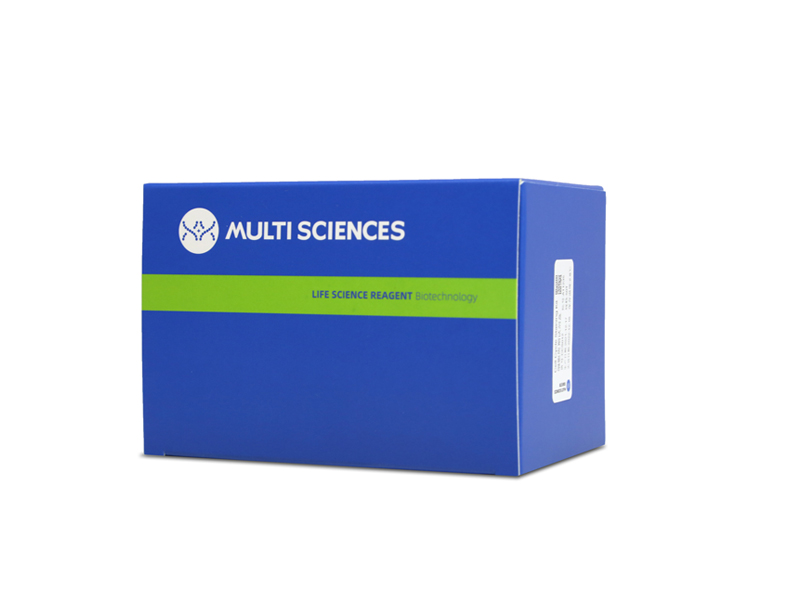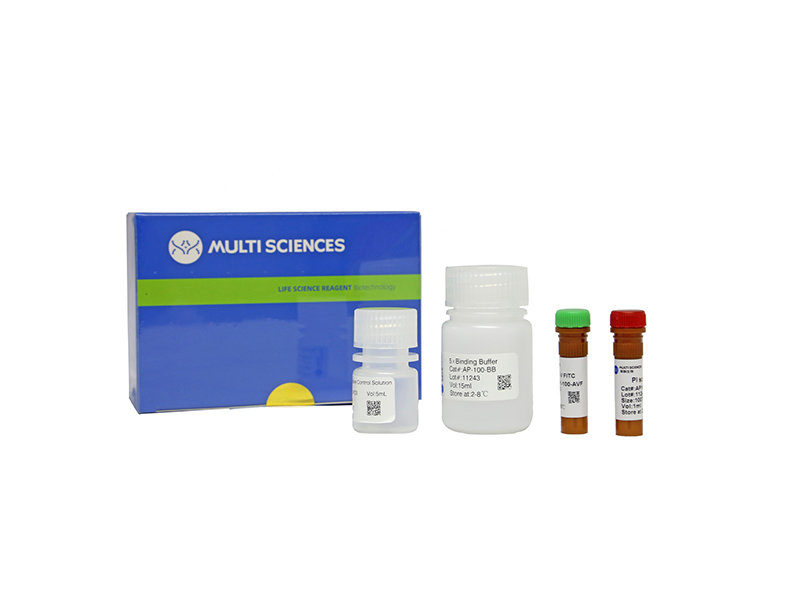Ammonium tetrathiomolybdate (TTM) is a copper chelator in clinical trials for treatment of Wilson's disease, tumors and other diseases. In the current study, we innovatively discovered that TTM is a novel NRF2 activator and illustrated that autophagy contributed to TTM-induced NRF2 activation. We showed that TTM treatment promoted NRF2 nuclear translocation and upregulated transcription level of NRF2 target genes including HMOX1, GCLM, and SLC7A11 in vascular endothelial cells (HUVECs). Moreover, NRF2 deficiency directly hindered TTM-mediated antioxidative effects. Followingly, we revealed that overexpression of KEAP1, a negative regulator of NRF2, significantly repressed NRF2 activation induced by TTM. Further mutation analysis revealed that KEAP1 Cys151 is a major sensor responsible for TTM-initiated NRF2 signaling, suggesting that KEAP1 is involved in TTM-mediated NRF2 activation. Notably, we found that TTM can trigger autophagy as evidenced by accumulation of autophagosomes, elevation of LC3BI-II/I, increase of LC3 puncta and activation of AMPK/mTOR/ULK1 pathway. Autophagic flux assay indicated that TTM significantly enhanced autophagic flux in HUVECs. Inhibition of autophagy with knockout of autophagy key gene ATG5 resulted in suppression of TTM-induced NRF2 activation. TTM also induced phosphorylation of autophagy receptor SQSTM1 at Ser349, while SQSTM1-deficiency inhibited KEAP1 degradation and blocked NRF2 signaling pathway, suggesting that TTM-induced NRF2 activation is autophagy dependent. As the novel NRF2 activator, TTM protected against sodium arsenite (NaAsO2)-induced oxidative stress and cell death, while NRF2 deficiency weakened TTM antioxidative effects. Finally, we showed that autophagy-dependent NRF2 activation contributed to the protective effects of TTM against NaAsO2-induced oxidative injury, because of ATG5 or SQSTM1 knockout aggravated NaAsO2-induced elevation of HMOX1, cleaved PARP and γH2AX. Taken together, our findings highlight copper chelator TTM is a novel autophagy-dependent NRF2 activator and shed a new light on the cure for oxidative damage-related diseases.
文章引用产品列表
-
- AP104 95 Citations
- 凋亡试剂盒
Annexin V-PE/7-AAD Apoptosis Kit 细胞凋亡试剂盒
- ¥780.00 – ¥1,860.00



